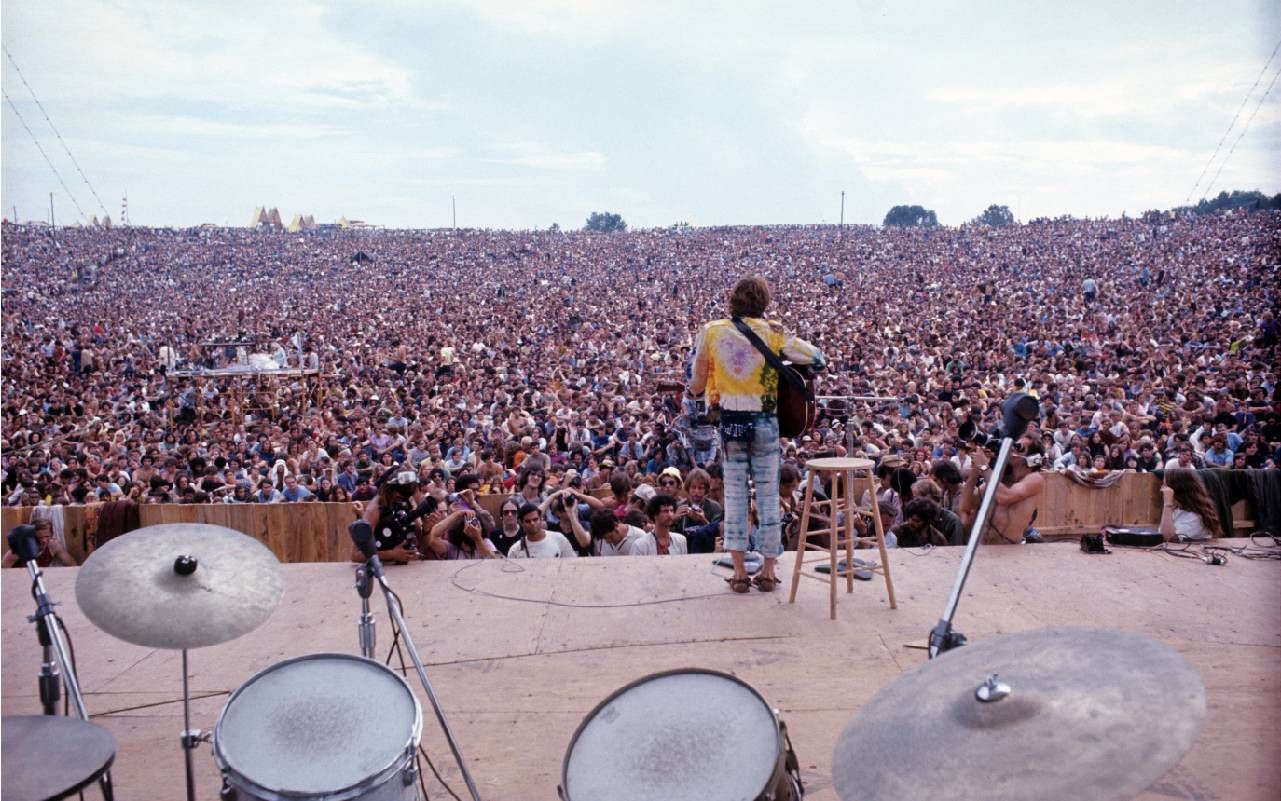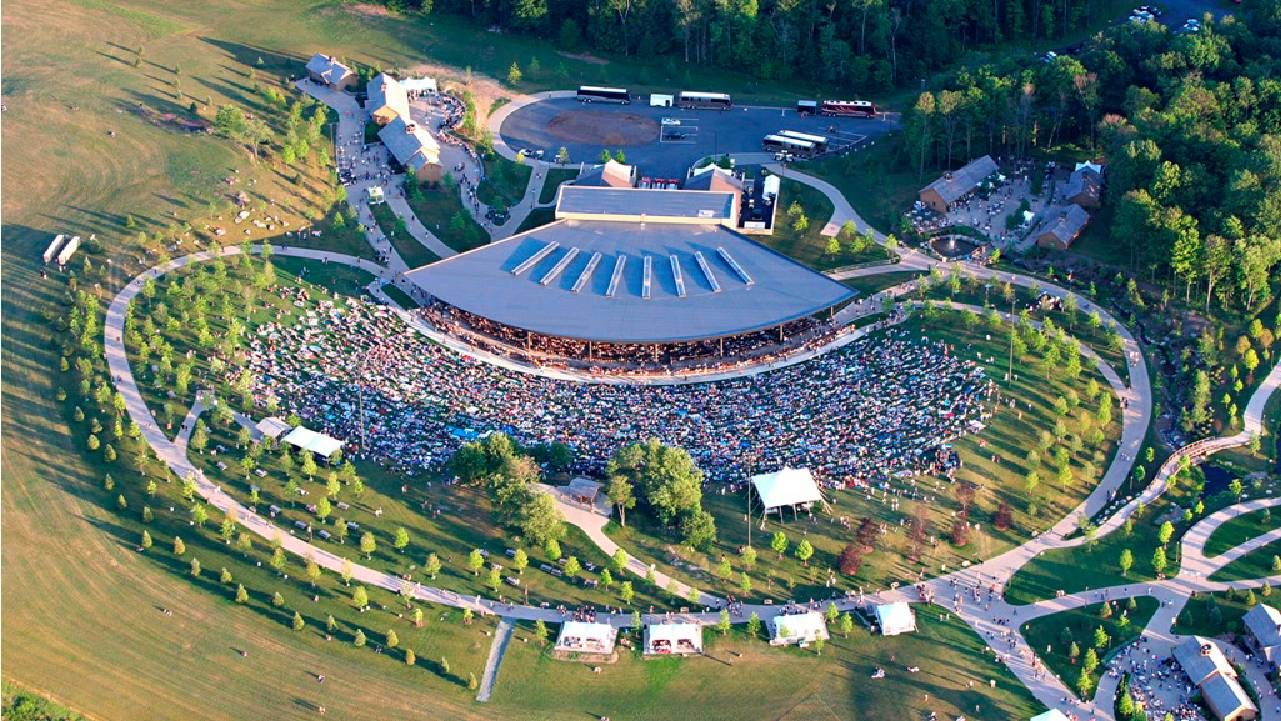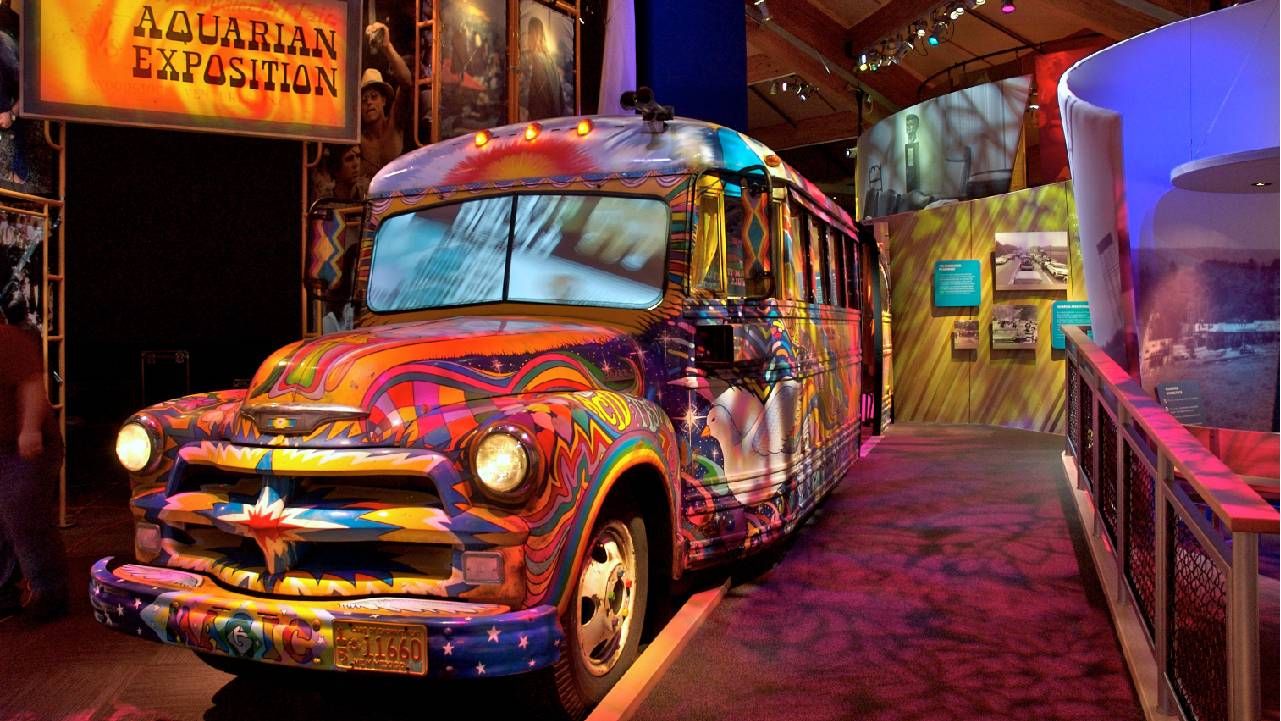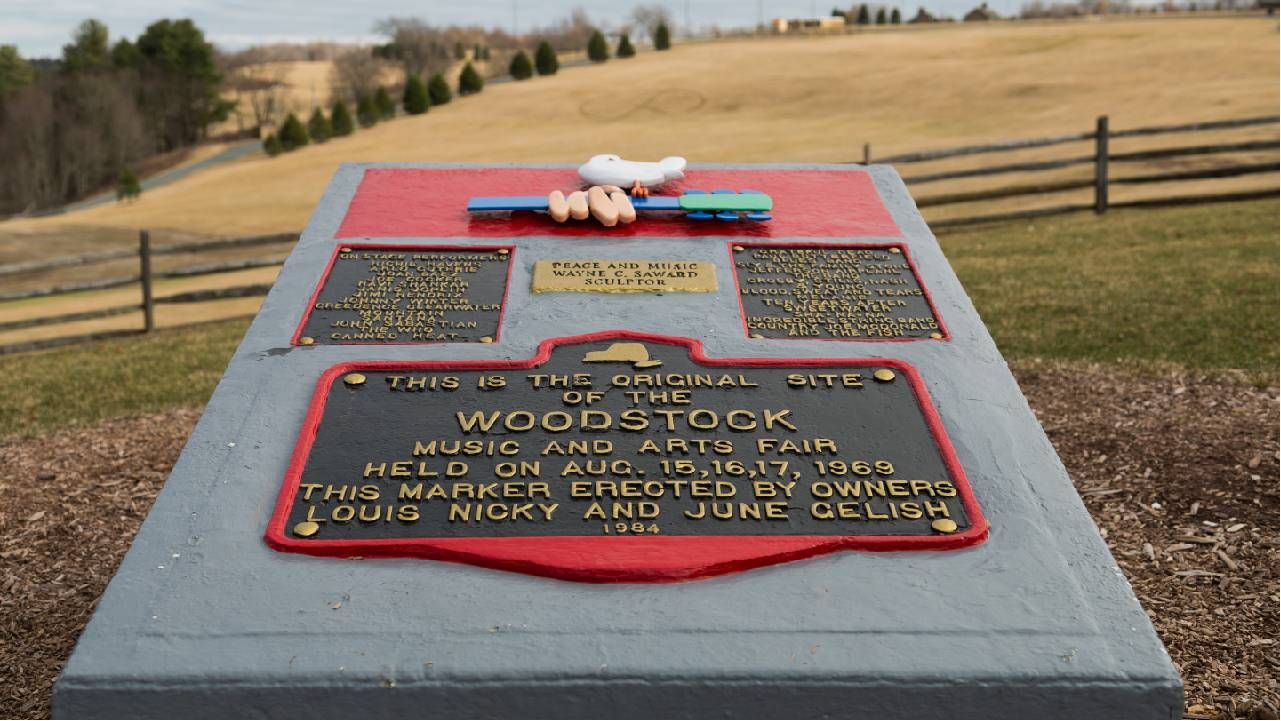Woodstock's Blast from the Past
The Bethel Woods Center for the Arts celebrates the spirit of the iconic August 1969 event — without all the mud
"You are not going to hang out with those hippie-dippies," my mother said, sipping her after-dinner cup of Sanka as we sat in our dinette, festooned with garish avocado green wallpaper embellished with giant marigolds.

It was August 1969, a year after the terrible one in which two of our nation's leaders were killed and the country was racked by rioting and civil unrest. We all needed to heal, and a giant shindig, filled with sex, love and rock 'n' roll, was just the answer.
I considered running away from home and getting on a bus to head upstate, but, being a goody two-shoes, I rejected that idea.
I was 17, yearning to head off to the giant music festival originally billed as "An Aquarian Experience: 3 Days of Peace and Music" and ultimately called the Woodstock Music & Art Fair.
I considered running away from home and getting on a bus to head upstate, but, being a goody two-shoes, I rejected that idea. My cousin Lenny, 20 at the time, had bought his ticket and was delirious with excitement, knowing that the experience was going to be "far out" and "groovy, man." But his boss needed him that weekend, and so, reluctantly, he gave away — gave away!! — his ticket and went to work, bemoaning his fate the entire time.
Here is what I (and maybe you?) missed:
- Rolling around in the mud surrounded by an estimated half a million concertgoers, swimming naked in the pond, and getting a contact high from the scent of pot wafting through the air
- Hearing Joan Baez, 7 months pregnant, sing the poignant Civil rights anthem, “We Shall Overcome” as a torrential downpour soaked the crowd
- Going nuts as Janis Joplin, clad in tie-dyed velvet bellbottoms, long colorful beads and big orange sunglasses, did a ten-song setlist which included “To Love Somebody,” “Kozmic Blues” and “Try (Just a Little Bit Harder)”
- Abandoning cars that had been sitting in the more than twelve-mile lineup on a rural, two-lane road to trudge miles ahead to the festival grounds
- Listening to Jimi Hendrix belt out his illustrious version of “The Star-Spangled Banner”
- Clapping along to Country Joe and the Fish’s rousing, Vietnam-war-inspired rendition of the “Fish” Cheer (“I-Feel-Like-I’m-Fixing-to-Die Rag”) as the audience loudly sang, “And it’s five, six, seven, open up the pearly gates, Well, there ain’t no time to wonder why, WHOOPEE we’re all gonna die.”
Attendees were greeted by a sign on Max's dairy farm that begged, "Don't bother Max's cows. Let them moo in peace."
- Praying the rumors that the Beatles were going to be there were true (they weren’t) and wondering why musicians such as Led Zeppelin, Bob Dylan, Simon and Garfunkel and the Moody Blues had said “no, thank you” to performing at what was unarguably one of the most inspired three-day festivals in history.
Yes, that was the magnificent experience now referred to by most of us as simply "Woodstock." The original plan for the festival (the brainchild of four guys in their twenties who were looking for an investment opportunity) was that it would be held in an industrial park in Wallkill, New York. Town officials, freaking out at the notion of their park being overrun by hordes of hippies, backed out and the organizers had to search for a new venue.
After a few other sites were explored, the music event of the decade took place in the White Lake area of Bethel, New York on a plot of land owned by 49-year-old dairy farmer Max Yasgur. On the grassy rolling hills surrounded by the majestic Catskill Mountains, attendees were greeted by a sign on Max's dairy farm that begged, "Don't bother Max's cows. Let them moo in peace."

An Experience to Savor
If you were one of many not able to attend the festivities, it's possible to get a bird's eye view of what you missed by visiting the Bethel Woods Center for the Arts, housed on the grounds where the Woodstock Music & Art Fair was held.
Located about 90 miles from New York City, the 800-acre site includes, among other things, a 16,000-seat outdoor amphitheater, a smaller indoor music pavilion, a conservatory for creative learning programs and the amazing Museum at Bethel Woods, which opened in 2008.
In 2017, the site was officially installed on the National Register of Historic Places, confirming its prominence in pop culture history. In rotation are special, inside-and-outdoor exhibits; last year, there was an augmented reality tour and a gallery exhibiting pieces made for and at Woodstock by artists, organizers and festival attendees.

The 6,728 square foot Main Exhibit Gallery showcases music from the 60s, 164 artifacts, more than 300 photographic murals, dozens of text panels, interactive multimedia displays, 20 closed-captioned films with original Festival footage and even a brightly colored "hippie bus."
Photography, Light Shows and More
In addition to information and memorabilia from the Festival, the fully accessible museum is filled with multimedia exhibits about the 1960s covering the Cold War, Vietnam, the Civil Rights movement, political protests and lighter topics such as the funky fashions. Remember bell-bottoms with peace sign patches? Fringed vests? Beaded headbands?
The Bethel Woods Center for the Arts has something for everyone, whether you live nearby or are just visiting; concerts, pre-music dinners, craft beer and food events, community education and wellness programming, art, writing and photography workshops with teaching artists, special celebrations such as a drive-through holiday light show (Peace, Love and Lights), pop-up exhibits and markets.
Launched in 2018, there's also an online archive of photographs and videos collected from nearly 30 contributors, capturing candid moments during and after the actual festival.

In past years, a relatively small number of oral histories, collected from artists and concert promoters, have been recorded and transcribed. In January 2023, the Center embarked on a large scale 5-year oral history initiative, with a goal of collecting 4500 stories from attendees, referred to as Woodstock alumni, who were at the festival.
Woodstock was a muddy, wet, unsanitary, packed-to-the-gills and thoroughly iconic experience that well deserves its place in pop culture history.
Richie Havens, who launched the festival with a set that included an improvised version of the old spiritual "Motherless Child," said that "Woodstock was not about sex, drugs and rock 'n' roll. It was about spirituality, about love, about sharing, about helping each other, living in peace and harmony."


